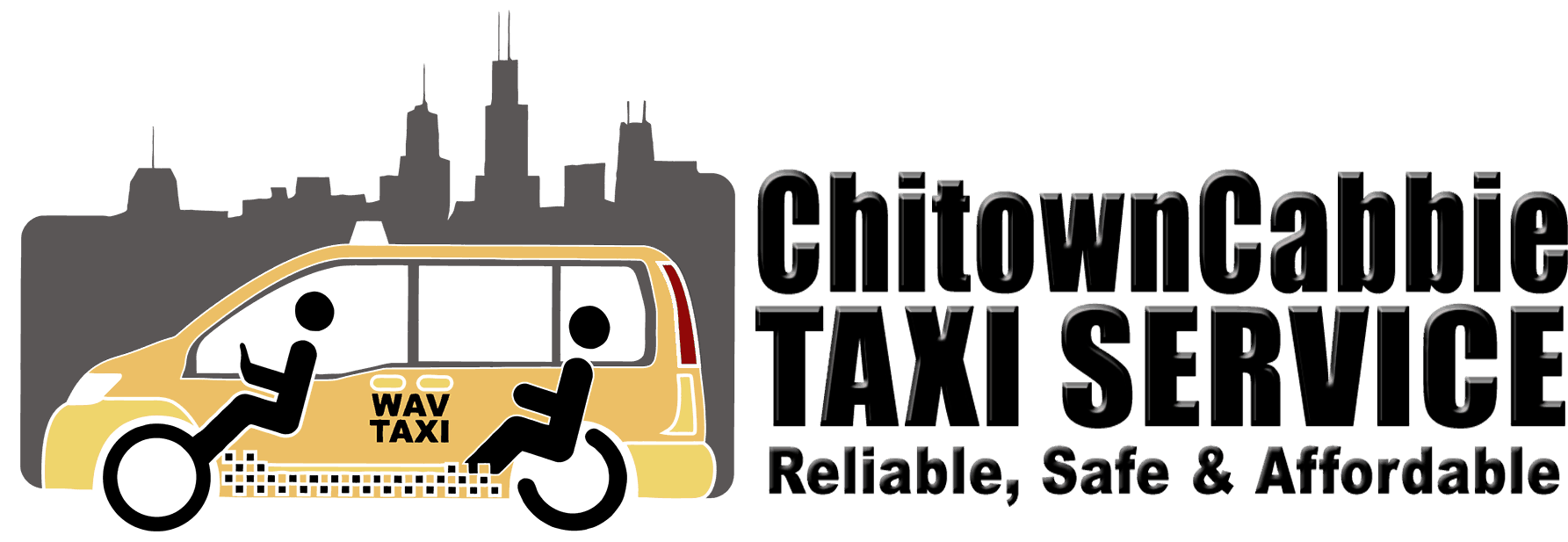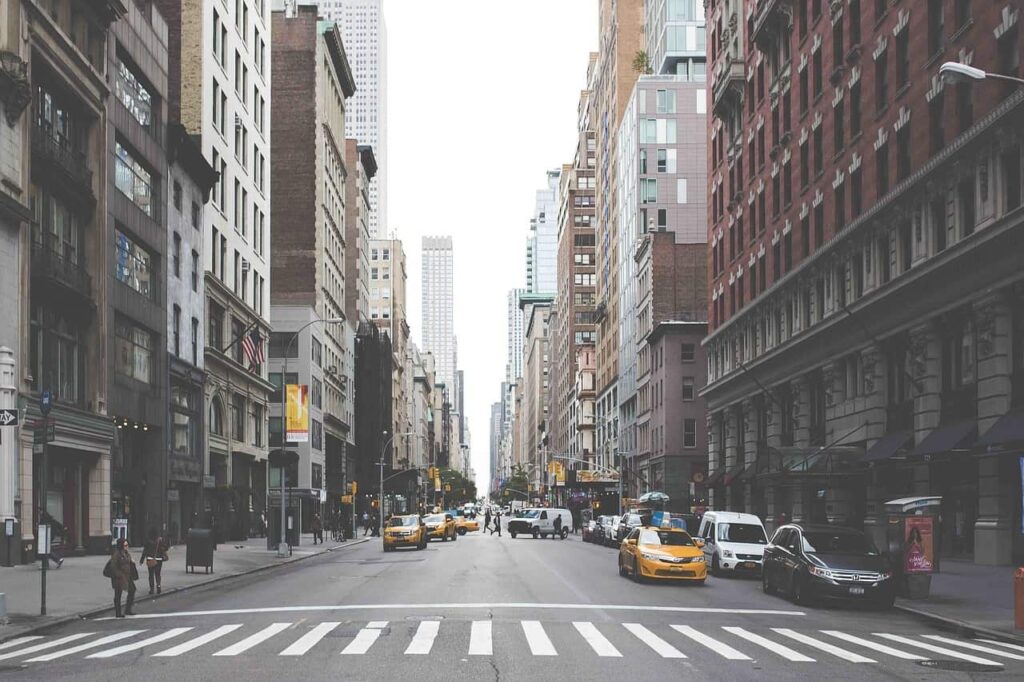Ride-hailing apps like Uber and Lyft have been on the rise since these first operated. While some people benefit from the operation of these companies, it actually harms others. One of those harmed people are persons with disabilities. In fact, Uber and Lyft are hampering the development of wheelchair accessibility in transportation.
Uber and Lyft are Hampering Wheelchair Accessibility
Ride-hailing apps like Uber and Lyft promised better transportation for the people. Their supposed selling points is that they offer more convenient and easier access and transportation.
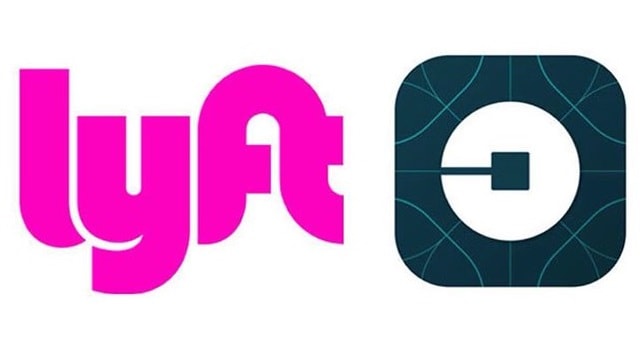
However, the opposite is happening. More convenient and better transportation option also means wheelchair accessible. But instead, these ride-hailing apps are hampering the wheelchair accessibility. Uber and Lyft unwittingly harm the development of wheelchair accessibility due to two reasons: neglect of passengers with disabilities and lack of wheelchair accessible vehicles.
These companies have been on-point with their aim of providing on-demand service, but they easily overlooked accessibility. The American Disabilities Act obliges all transportation company to serve anyone including persons with disabilities.
Neglect of passengers with disabilities
First, Uber is notoriously known for neglecting its customers with disabilities. Although the company claims they do not discriminate against persons with disabilities, the actions of its drivers say otherwise. There are countless testimonies and cases that show how Uber drivers often deny service from persons in wheelchairs.
A world-class wheelchair bodybuilder made headlines May this year after an Uber driver denied him service. Joshua Foster, who has been paralyzed for 6 years due to a car accident, recall the driver saying “No-o-o-o-o-o.”. I can’t do this” after seeing him in his wheelchair. The driver made this offensive remark despite Foster saying that he can handle himself and fold his wheelchair on his own.
Foster said that he reported the incident to Uber but the company’s response wasn’t really helpful. Foster felt hurt because he was not treated as a person just because he has a disability. “I don’t want people with disabilities to be afraid to do stuff,” he said. “The number one thing is, we’re human. This (wheelchair) isn’t who we are. It’s just transportation.”
A similar case happened to a 25-year-old woman in Westbury, New York. Byranna Copeland called an Uber after she got off from work. She was already boarding the vehicle when the driver said that he didn’t have room for the wheelchair, despite the fact that it was an SUV with enough space.
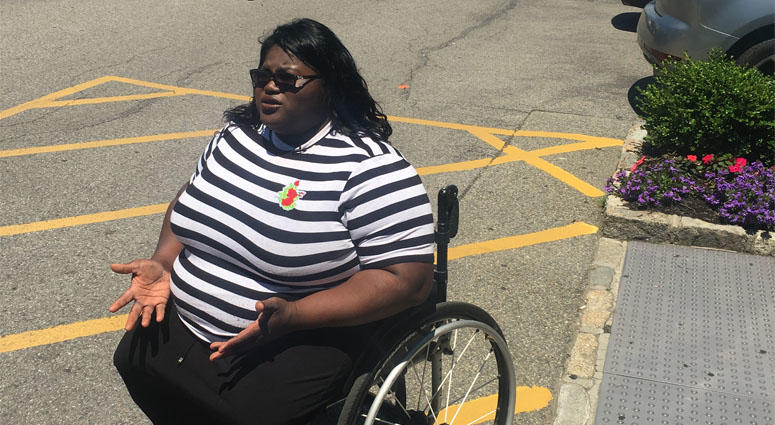
These are just 2 of the hundreds of cases where these companies deny service to persons with disabilities. There are surely many more that are not picked up by the media. And this includes unreported ones.
You can simply google the words “Uber denies passenger with wheelchair” and Google will come up with pages of testimonies, reports, and even news of lawsuits.
Lack of wheelchair accessible vehicles
Aside from the bad treatment of some Uber drivers towards persons with disabilities, another problem is the lack of adequate wheelchair accessible vehicles (WAVs).
A study conducted last year in New York City showed that Uber and Lyft were unable to provide WAVs 70 percent of the time. This is despite the existence of UberWav and Access Mode (Lyft). The study estimated that out of the 100,000 vehicles in NYC, only 0.5 percent were wheelchair accessible.
The researchers found a big difference between the waiting time in requesting for accessible vehicle and inaccessible vehicles. The estimated wait time for a WAV was 17 minutes, while the estimated wait time for inaccessible vehicles was four minutes.
The Americans with Disabilities Act does not require drivers to take extraordinary measures like using special vehicles just to accommodate persons with disabilities. And since Uber and Lyft focuses only on maximizing profits, it’s safe to say that the lack of wheelchair accessible taxis is not by accident.
Lawsuits and legal actions
You know that Uber isn’t doing any good when people start filing lawsuits against it. Back in 2017, the Equal Rights Center filed a lawsuit against Uber for allegedly excluding people who use wheelchair in Washington, DC. The lawsuit alleges that Uber is denying equal access to persons who use wheelchair and has violated Title 3 of the Americans with Disabilities Act.
Way back in 2013, Uber got a class action lawsuit for violating California labor laws. Drivers are suing Uber because the company considers them as independent contractors. However, they believe that they are employees and are entitled to driving-related compensations.
These are just some of the biggest lawsuits faced by Uber out of the hundreds the company is facing. Among these are sexual harassment and murder cases against its drivers.
We Should Really Stop Using Uber
It is clear that Uber and Lyft are hampering wheelchair accessibility. Their drivers’ neglect of persons with disabilities and the companies’ lack of wheelchair accessible vehicles serve as hindrance to the development of wheelchair accessibility in cities. Therefore, by supporting these ride-hailing companies, passengers unknowingly support non-accessible transportation.
However, passengers should not worry. There are a lot of alternatives to Uber and Lyft that care about people with disabilities.
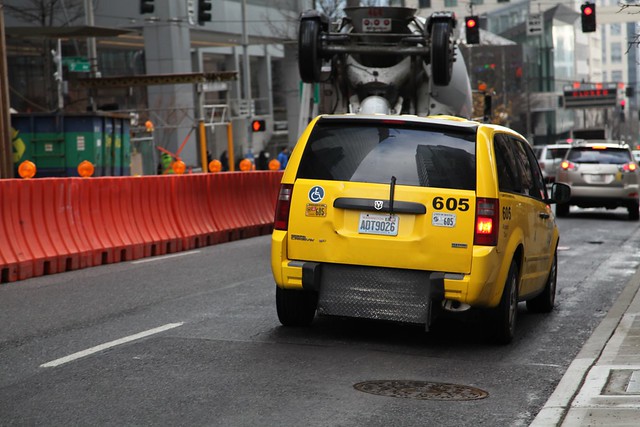
Wheelchair accessible alternatives
Below are some of the wheelchair accessible alternatives to Uber and Lyft in the USA:
Uber and Lyft undeniably got bigger now. But it’s not only the taxi industry that took a hit from the problematic views of these ride-hailing companies. Their overemphasis toward their own profits unwittingly burdens persons with disabilities. And if you are a person with disability or an advocate, it might be time to doublethink using these ride-hailing apps.
Subscribe to our Blog or follow us on Facebook and Instagram for updates.
